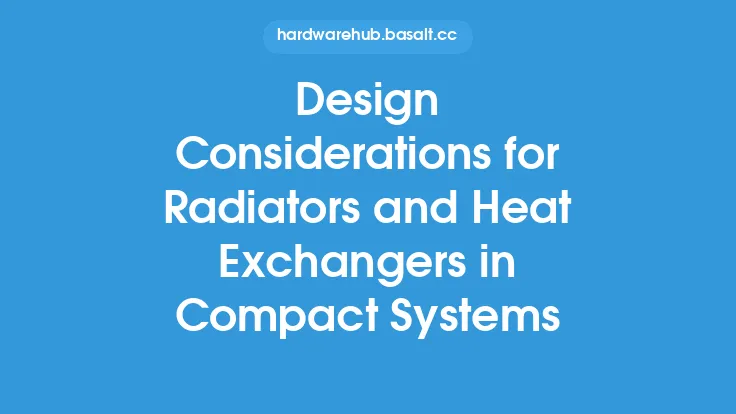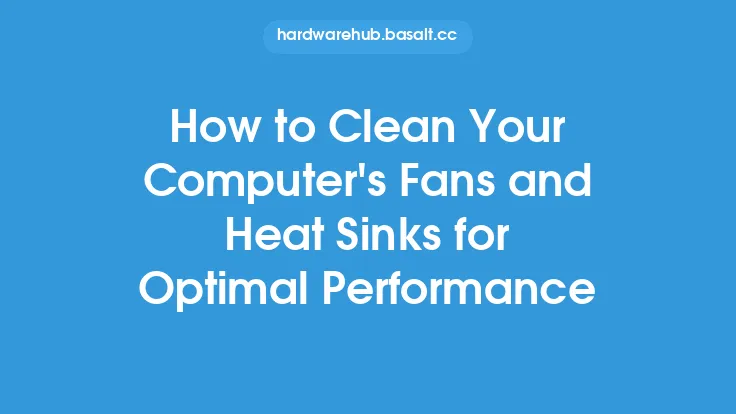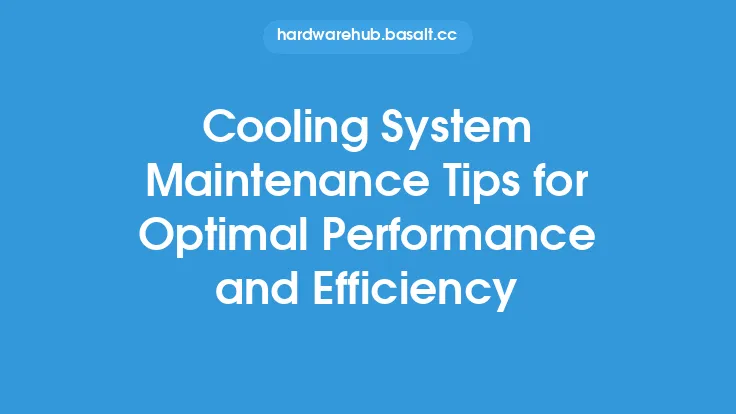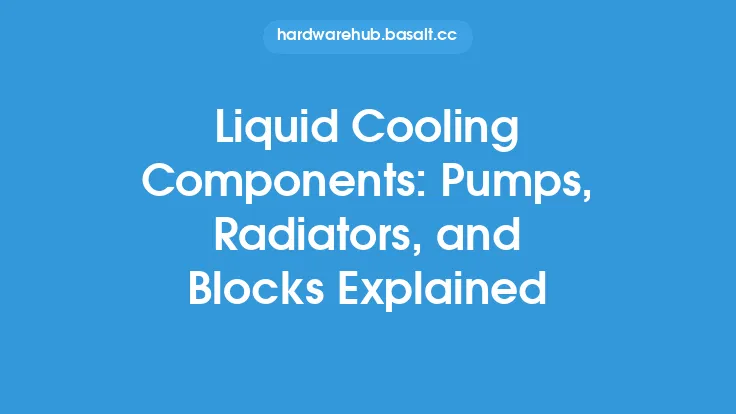The efficient operation of cooling systems relies heavily on the synergy between radiators and heat exchangers. These two components work in tandem to dissipate heat from a system, ensuring optimal performance and preventing overheating. In this article, we will delve into the inner workings of radiators and heat exchangers, exploring how they collaborate to achieve effective cooling.
Introduction to Radiators
Radiators are heat transfer devices designed to dissipate heat from a fluid, typically a liquid coolant, to the surrounding environment. They consist of a network of tubes, fins, or other heat transfer surfaces that increase the surface area, allowing for more efficient heat transfer. Radiators can be categorized into different types, including tube and fin, plate, and fin and tube radiators, each with its unique characteristics and applications. The primary function of a radiator is to transfer heat from the coolant to the ambient air, thereby cooling the system.
Heat Exchangers: A Crucial Component
Heat exchangers, on the other hand, are devices that facilitate the transfer of heat between two fluids, often with different temperatures. They are designed to maximize the heat transfer rate while minimizing the pressure drop and energy consumption. Heat exchangers can be classified into various types, including plate, tube, and shell and tube heat exchangers, each with its strengths and weaknesses. In the context of cooling systems, heat exchangers play a vital role in transferring heat from the system to the coolant, which is then dissipated by the radiator.
The Synergy Between Radiators and Heat Exchangers
The collaboration between radiators and heat exchangers is essential for achieving optimal cooling performance. The heat exchanger transfers heat from the system to the coolant, which is then pumped through the radiator. As the coolant flows through the radiator, it releases its heat to the surrounding environment, cooling the system. The cooled coolant is then recirculated back to the heat exchanger, where it can absorb more heat from the system. This continuous cycle of heat transfer and dissipation enables the system to maintain a stable operating temperature, ensuring optimal performance and preventing overheating.
Factors Affecting Radiator and Heat Exchanger Performance
Several factors can impact the performance of radiators and heat exchangers, including the type and design of the components, the coolant used, and the operating conditions. The surface area, material, and configuration of the radiator and heat exchanger can significantly influence their heat transfer efficiency. Additionally, the coolant's thermal conductivity, viscosity, and specific heat capacity can affect the overall cooling performance. Operating conditions, such as temperature, pressure, and flow rate, can also impact the performance of the radiator and heat exchanger.
Design and Optimization Considerations
To achieve optimal cooling performance, it is essential to carefully design and optimize the radiator and heat exchanger system. This involves selecting the appropriate type and size of radiator and heat exchanger, as well as designing the system's layout and configuration. The use of computational fluid dynamics (CFD) and other simulation tools can help optimize the system's performance, reducing the risk of overheating and improving overall efficiency. Furthermore, regular maintenance and monitoring of the system can help identify potential issues and ensure optimal performance over time.
Applications and Industries
The combination of radiators and heat exchangers is used in a wide range of applications and industries, including automotive, aerospace, industrial, and commercial cooling systems. In the automotive industry, radiators and heat exchangers are used to cool engines, transmissions, and other components. In the aerospace industry, they are used to cool aircraft engines, avionics, and other systems. In industrial and commercial settings, radiators and heat exchangers are used to cool machinery, equipment, and buildings.
Conclusion
In conclusion, the synergy between radiators and heat exchangers is crucial for achieving optimal cooling performance in a wide range of applications and industries. By understanding how these components work together, designers and engineers can create more efficient and effective cooling systems, reducing the risk of overheating and improving overall performance. As technology continues to evolve, the development of new materials, designs, and technologies will further enhance the performance and efficiency of radiators and heat exchangers, enabling the creation of more sophisticated and reliable cooling systems.





